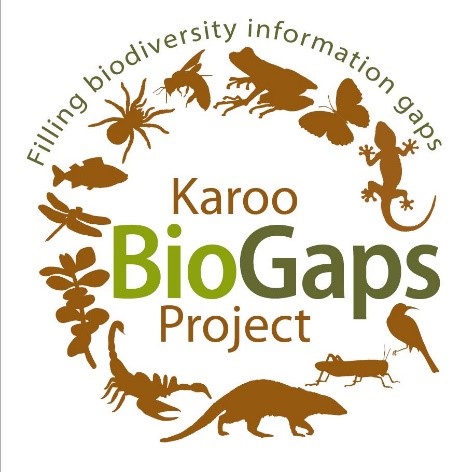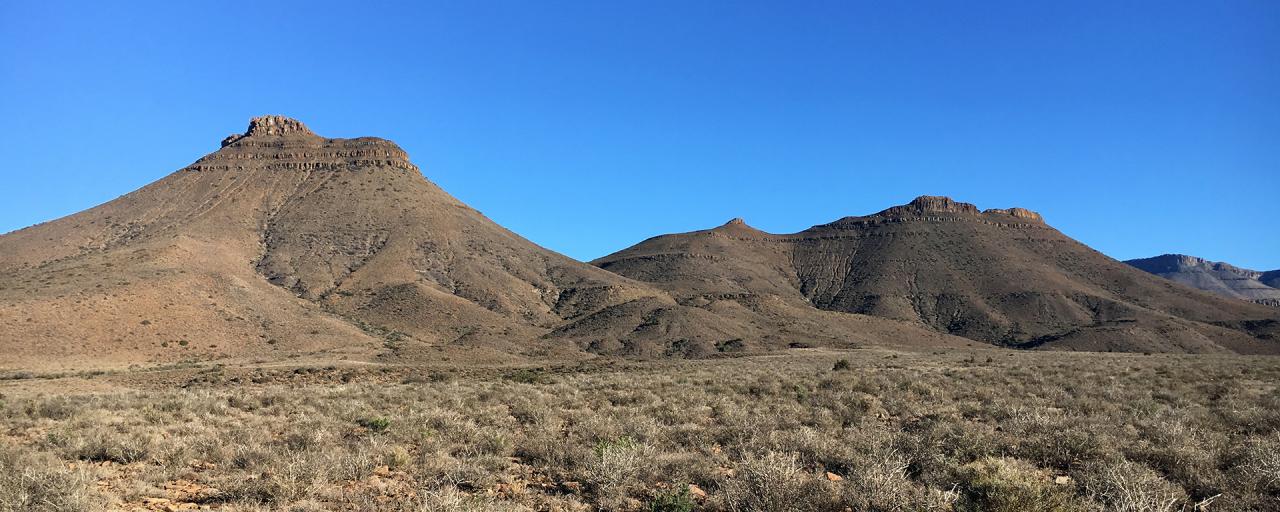Submitted by SafariADV on Thu, 2018-08-02
The BigGaps project aims to fill information gaps on the biodiversity of the Karoo area, South Africa, in order to better understand the territory and consequently make decisions about the future of this area.
The project, supported by a consortium of 20 institutions, started in 2016 and will last for 3 years, during which extensive field surveys have been carried out, as well as an enormous work of digitizing all paper documents.
Prior to the Karoo BioGaps project, the Karoo was one of the least explored regions of South Africa, probably due to its difficult climatic and territorial conditions and the perception that it was a relatively poor species ecosystem.
However, the Karoo has been identified as an important development area for South Africa and therefore it was considered essential to understand the biodiversity of the region as much as possible, in order to contribute, with as much information as possible, to the decision-making process concerning development, such as the possibility of performing gas extractions or assigning mining concessions in the area.
Information on the species, coming from both current field research and historical collections, helps to understand which species are widespread and which are very rare and in need of protection; this work allows to determine which habitats in the Karoo are more sensitive to potential future changes proposed in the use and development of the territory.
There are as many as 14 taxonomic groups that are studied through the Karoo BioGaps Project: plants, mammals, fish, birds, amphibians, reptiles, fungi and nematodes and six groups of invertebrates: bees, dragonflies, grasshoppers, scorpions, butterflies and spiders.
From 2016 the studies carried out in the area have discovered at least 15 new species, moreover the presence of species that, previously, was thought to have a smaller distribution, has been studied, thus providing more accurate estimates of the population size of some animals that were previously considered rare; useful information was also provided for taxonomic updates.
The new species described for the first time through this project include:
• Two new species of scorpions
• A plant of the Aloe family
• Some new species of trapdoor spiders belonging to the Nemesiidae and Ctenzidae families have been found, as well as two new species of ground Wandering Spider belonging to the genus Megamyrmaekion
• Three new terrestrial nematodes, commonly known as worms, that are important indicators of soil health
• Two new species of endemic cyprinids, freshwater fish
• At least one new species of Fusarium, a genus of filamentous fungi that is important for soil health
• Potentially several new species of locusts, discovery still to be confirmed
• A new reptile species has been confirmed and will be described
The Karoo BioGaps project is led by the South African National Biodiversity Institute (SANBI) as the owner of the funding for the consortium. The Karoo Bio Gaps is a project of the FBIP, Foundational Biodiversity Information Program, a joint initiative of the Department of Science Technology (DST), of the National Research Foundation (NRF) and of the SANBI.



